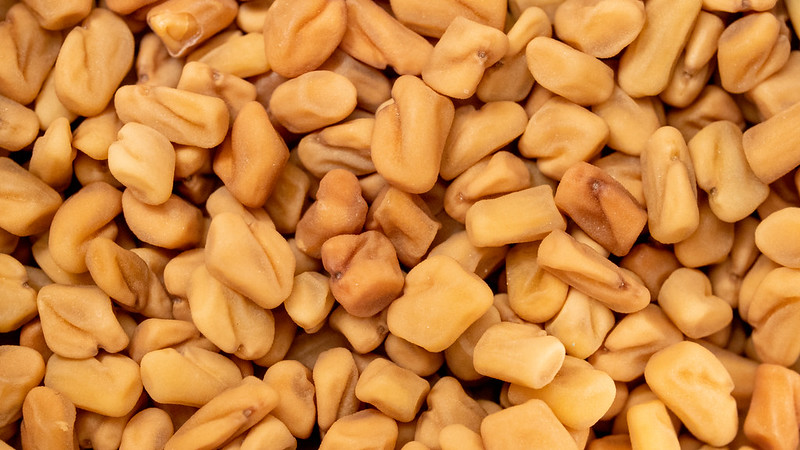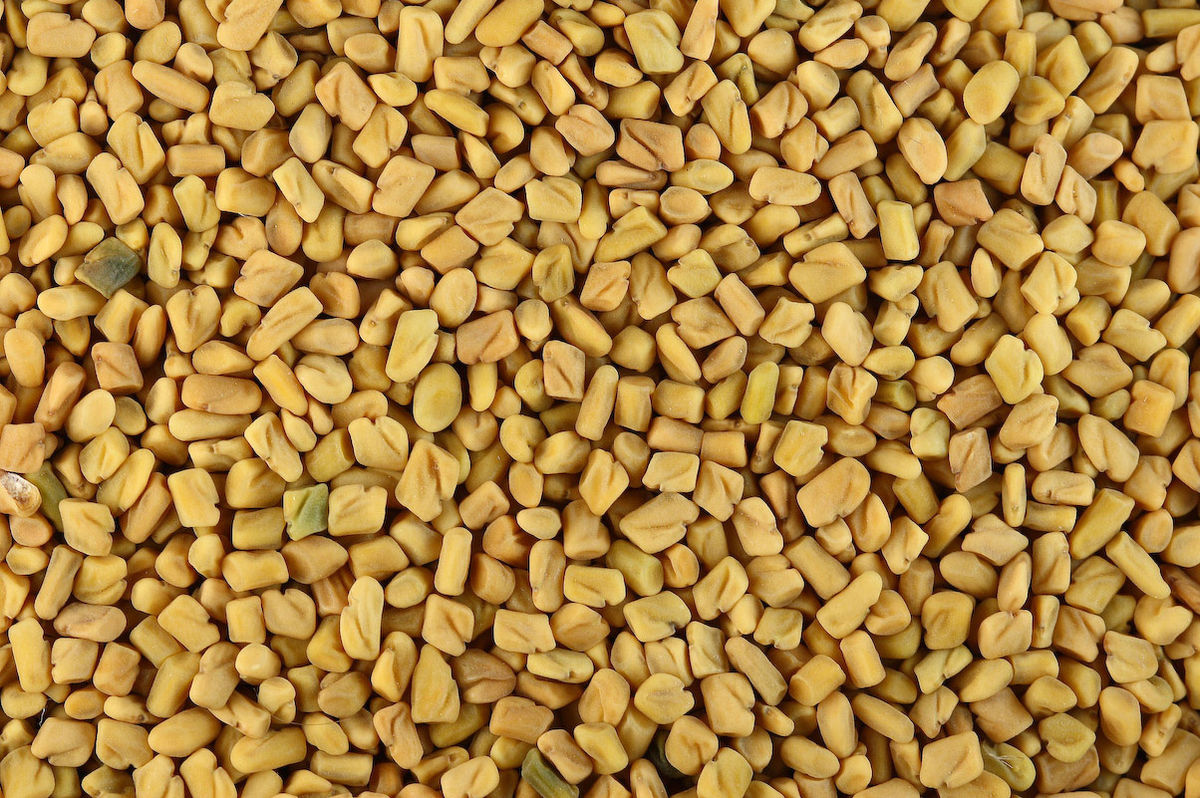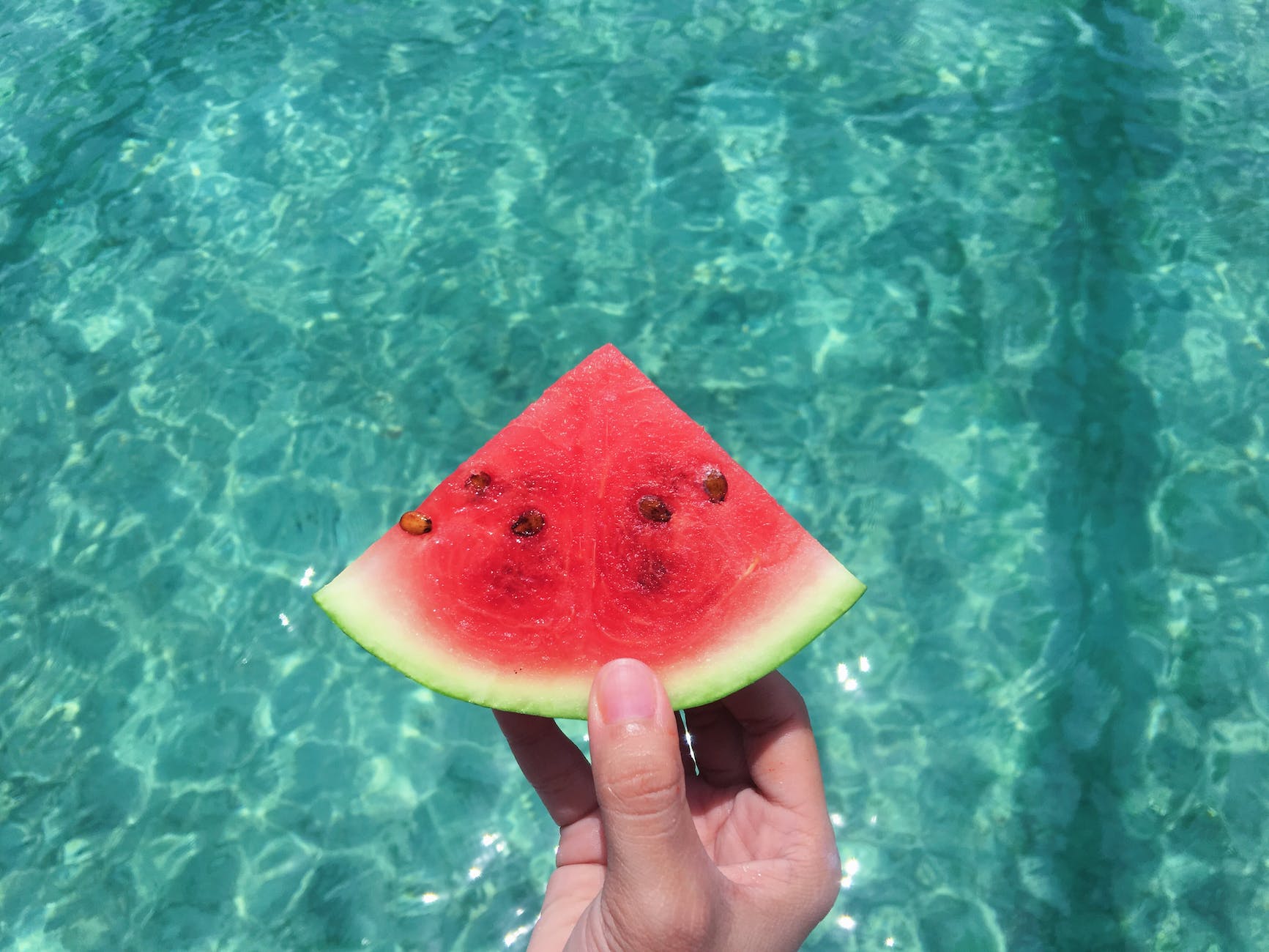High cholesterol levels can pose a significant risk to cardiovascular health, increasing the likelihood of heart disease and stroke. If you’re looking for natural ways to manage your cholesterol levels, fenugreek, also known as methi seeds, may offer some benefits. In this informative and detailed blog post, we’ll explore the potential impact of fenugreek on cholesterol, the mechanisms behind its effects, practical ways to incorporate it into your daily routine, additional lifestyle factors that can support healthy cholesterol levels, and potential precautions to consider. Get ready to dive deep into the power of fenugreek in promoting a heart-healthy lifestyle! 🌿💪
💪 Understanding Fenugreek’s Potential Impact on Cholesterol Fenugreek (Trigonella foenum-graecum) has long been used in traditional medicine for its various health benefits. While scientific research on fenugreek’s effects specifically on cholesterol is ongoing, several properties of fenugreek suggest its potential role in cholesterol management.
🌿 Soluble Fiber Content: Fenugreek is rich in soluble fiber, a type of fiber that can bind to cholesterol in the digestive system and help eliminate it from the body. By reducing the absorption of cholesterol, fenugreek may contribute to maintaining healthy cholesterol levels.
💪 Reduced Cholesterol Synthesis: Fenugreek contains compounds that may help inhibit the synthesis of cholesterol in the liver. By slowing down cholesterol production, fenugreek may support the body’s natural balance of cholesterol.
🌿 Enhanced Bile Acid Excretion: Bile acids are essential for digesting fats, and their excretion can lead to a reduction in cholesterol levels. Fenugreek may stimulate the excretion of bile acids, which in turn can help lower cholesterol levels in the body.
💪 Antioxidant and Anti-inflammatory Effects: Oxidative stress and inflammation can contribute to the development of cardiovascular disease. Fenugreek’s antioxidant and anti-inflammatory properties may help reduce inflammation in blood vessels and combat oxidative damage, thereby promoting a healthier cholesterol profile.
🌿 Incorporating Fenugreek into Your Lifestyle To potentially harness the benefits of fenugreek for cholesterol management, here are some practical and effective ways to incorporate it into your daily routine:
- Methi Seed Infusion: Prepare a fenugreek seed infusion by soaking fenugreek seeds in water overnight. Strain the liquid in the morning and drink it on an empty stomach. Consuming this infusion regularly may support healthy cholesterol levels.
- Fenugreek Sprouts: Sprouting fenugreek seeds can enhance their nutritional profile and make them easier to digest. Soak the seeds in water for a few hours, then transfer them to a sprouting jar or a damp cloth. Rinse the seeds twice a day until sprouts appear. Add these sprouts to salads, stir-fries, or sandwiches for a crunchy texture and a mild, nutty flavor.
- Fenugreek Supplements: Fenugreek supplements, available in various forms such as capsules or powders, can provide a concentrated dose of fenugreek’s beneficial compounds. However, it’s important to consult with a healthcare professional before starting any new supplement regimen to ensure it is safe and suitable for your individual needs.
- Culinary Uses: Fenugreek seeds and leaves can be incorporated into various dishes, including curries, soups, stews, and stir-fries, to add a unique flavor and potential health benefits. Ground fenugreek can be used as a spice in cooking or baking to impart a subtle bitterness and aromatic profile to your dishes.
💪 Lifestyle Factors for Cholesterol Management In addition to incorporating fenugreek into your routine, adopting a heart-healthy lifestyle can further support cholesterol management. Consider the following factors:
- Healthy Diet: Follow a balanced diet that emphasizes fruits, vegetables, whole grains, lean proteins, and healthy fats. Limit the intake of saturated and trans fats, as they can raise cholesterol levels. Incorporate foods that are known to promote healthy cholesterol, such as oily fish, nuts, seeds, and olive oil.
- Physical Activity: Engage in regular exercise, such as aerobic activities, strength training, or cardiovascular exercises, to promote heart health and support cholesterol management. Aim for at least 150 minutes of moderate-intensity exercise per week, or as recommended by your healthcare professional.
- Maintain a Healthy Weight: Achieve and maintain a healthy body weight through a combination of balanced eating and regular physical activity. Losing excess weight, if necessary, can positively impact cholesterol levels.
- Avoid Smoking: Smoking can lower levels of HDL (good) cholesterol and damage blood vessels, increasing the risk of cardiovascular disease. Quitting smoking or avoiding exposure to secondhand smoke can have significant benefits for your cholesterol levels and overall health.
- Manage Stress: Chronic stress may contribute to elevated cholesterol levels. Incorporate stress-reduction techniques such as meditation, yoga, deep breathing exercises, or engaging in hobbies and activities you enjoy.
🌿💪 While fenugreek shows promise in supporting healthy cholesterol levels, it’s important to note that individual responses may vary. It’s advisable to consult with a healthcare professional, especially if you have underlying medical conditions or are taking medications, to ensure fenugreek is safe for you and to determine the appropriate dosage.













